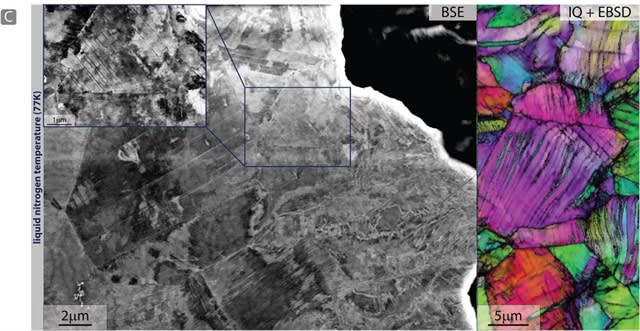jeanb88
Structural
- Feb 8, 2014
- 9
I face a strange problem when calculation the loads on a retaining wall.
For example, if we have a soil with φ = 30° behind a wall, we would have an a rest pressure coefficient of K0 = 1 - sin φ = 0.5. If we have an infinitely extended surcharge of 50 kN/m² we would thus have 25 kN/m² lateral earth pressure. I suppose this is logic for everyone.
If we have a line load behind the wall on a given distance, I can use the Boussinesq equations. Attached I have a comparison showing the NAVFAC formula and the classic Boussinesq ones. This shows the famous factor 2 for the "mirror effect" (note: this factor is under discussion in Bowles book)
Now; I can integrate the Navfac and Boussinesq formula to calculate the effect of an infinitely extended surcharge (area load). This gives a rather stranger result. I would except 25 kN/m² for the case described above. This is correct for the classic Boussinesq equation but not with the NAVFAC equation. The latter is clearly twice the Boussinesq value.
So, is there something wrong with doubling the load for the mirror effect?
For example, if we have a soil with φ = 30° behind a wall, we would have an a rest pressure coefficient of K0 = 1 - sin φ = 0.5. If we have an infinitely extended surcharge of 50 kN/m² we would thus have 25 kN/m² lateral earth pressure. I suppose this is logic for everyone.
If we have a line load behind the wall on a given distance, I can use the Boussinesq equations. Attached I have a comparison showing the NAVFAC formula and the classic Boussinesq ones. This shows the famous factor 2 for the "mirror effect" (note: this factor is under discussion in Bowles book)
Now; I can integrate the Navfac and Boussinesq formula to calculate the effect of an infinitely extended surcharge (area load). This gives a rather stranger result. I would except 25 kN/m² for the case described above. This is correct for the classic Boussinesq equation but not with the NAVFAC equation. The latter is clearly twice the Boussinesq value.
So, is there something wrong with doubling the load for the mirror effect?




